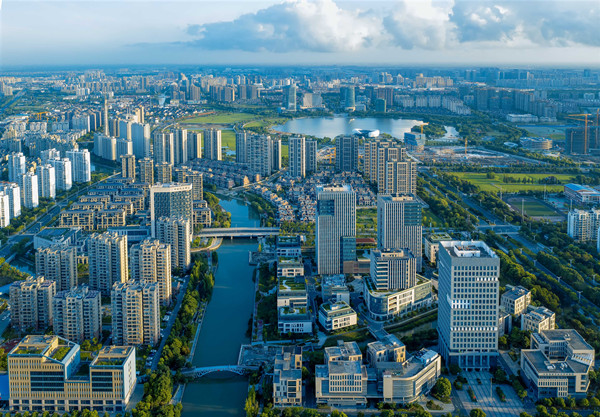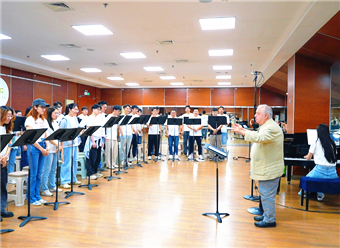Jiangsu promotes development of special education

A volunteer teaches a kid to draw kites at a special school in Rugao, Jiangsu province. [Photo/IC]
East China's Jiangsu province has made concerted efforts to push ahead with the development of special education over the past decade.
The province's authorities for education, health, civil affairs and disabled persons have set up a joint committee to deal with major special education issues. The provincial government has also set aside 225 million yuan ($33.37 million) in funds to support the cause.
Presently, all counties and districts in Jiangsu with a population of more than 300,000 have special schools that provide free education across multiple stages.
Jiangsu issued a guideline in 2018 that proposed the building of integrated resource centers for exceptional students in mainstream schools. To date, 3,877 such centers have been established in the province.
One of these centers is located in Liangxi district, Wuxi. Spanning more than 1,200 square meters, the center provides training for vocational skills such as milk tea making and hotel management. According to Gu Liping, the principal of the district's special school, Liangxi government has spent 3.5 million yuan on the facility and invited professors and inheritors of intangible cultural heritage to conduct classes.
Jiangsu has been also pursuing the high-quality development of special education with the aim of providing each student with personalized courses and guidance. To this end, the Jiangsu Commission Office of Public Sectors Reform requires all kindergartens with more than three exceptional students as well as primary and middle schools with more than five exceptional students to have full-time special education teachers.
The Changzhou Guanghua Special Education School in Changzhou has spent five years designing five online courses related to reading, music, art, physical exercises, and life skills.
Jiangsu is the only province in China that offers special education to nine kinds of students with special needs, including those with visual or hearing impairment, speech disorder, and intellectual disabilities.









